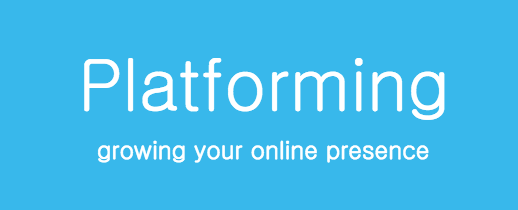
Marketing Sense
Yay or Nay: Should Your Blog Be on a Separate Website?
If your website is on Domain A’s URL (web address) and your blog is on Domain B’s URL, the…
December 12, 2022
If your website is on Domain A’s URL (web address) and your blog is on Domain B’s URL, the…
December 12, 2022
How to Deliver the Lead Magnet for Your Upcoming Interview This is the second in a two-part series. Part…
November 12, 2021
The Christian Authors Network’s innovative Crown Awards celebrate excellence in Christian Media and Marketing. Purpose: To recognize, educate, and…
September 26, 2021
The Christian Authors Network’s innovative Crown Awards celebrate excellence in Christian Media and Marketing. Purpose: To recognize, educate, and…
April 18, 2020
No matter what you do for a living, there is a big chance that you are running a website…
January 28, 2020
One of the cornerstones of an author’s platform is a personal website or blog. (Because these terms are used…
October 5, 2015